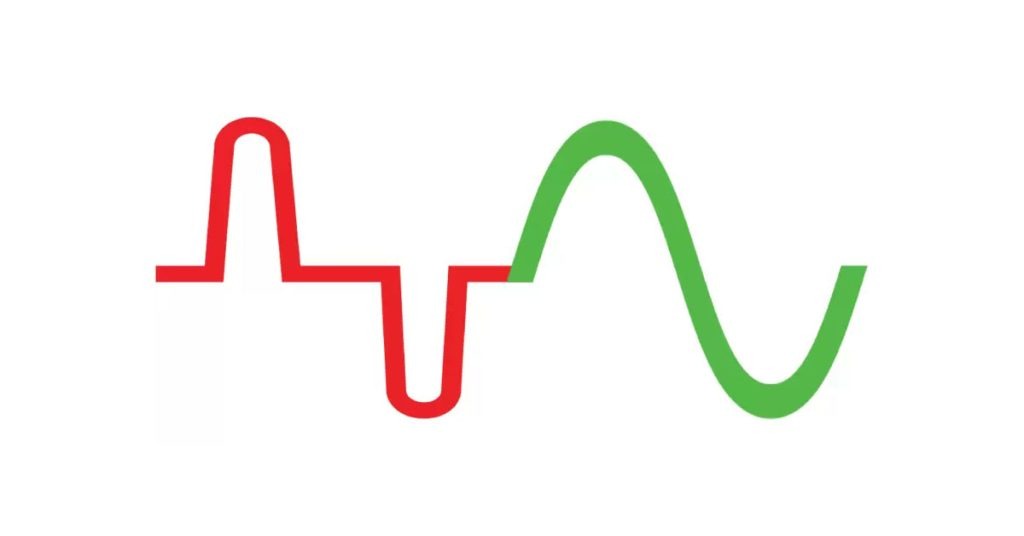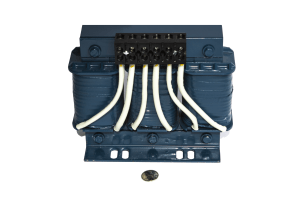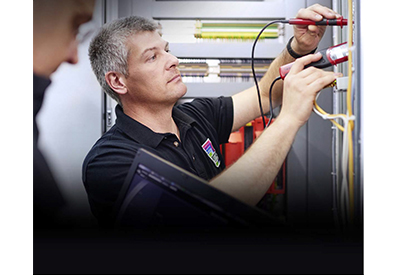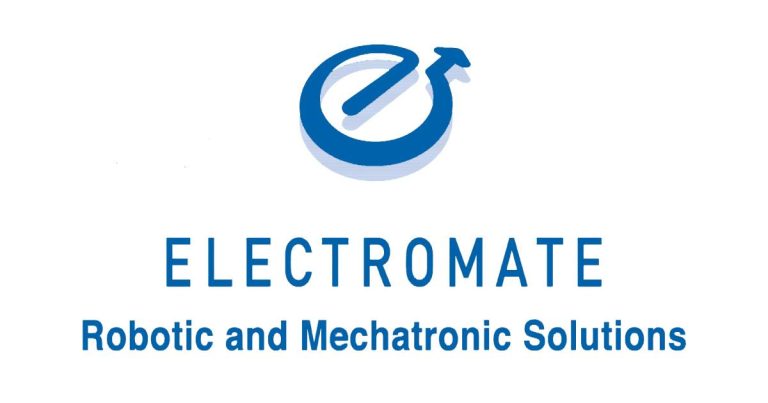SmartD’s Innovation in VFD Filters: Transforming Complex System Laden with Challenges into Efficient Solutions

May 8, 2024
In a recent blog post, SmartD delved into the challenges associated with the introduction of Variable Frequency Drives (VFDs) into electrical systems. As a brief reminder, these challenges stem from the Pulse Width Modulation (PWM), a fundamental aspect of VFD functionality. This waveform introduces complications such as voltage spikes, corona discharge, common mode voltage, and harmonic distortion.
To counteract these challenges, the industry has developed an array of filters. These filters aim to purify the signals generated by PWM, resulting in a more refined sinewave.
Different types of VFD filters
The filters used can be divided into 2 main categories : input and output filters. Let’s discuss the types of filters that we find in each of these categories and their impact on electrical systems
Input Filters
Line Reactors: These components act as safeguards against harmonic distortion and serve to protect both the VFD and the motor from voltage spikes.
Harmonic Filters: Tailored to mitigate harmonics, these filters play a critical role in reducing distortions. Their sizing may need adjustment when changes occur in the installation.

Output Filters
EMI/RFI Filters: Designed to mitigate electromagnetic noise, these filters play a crucial role in minimizing disruptions for surrounding equipment.
Sinewave Filters: These filters are engineered to filter out high-frequency components of the PWM waveform, resulting in a cleaner sinewave output. This, in turn, aids in reducing motor losses and enhancing overall efficiency.
Common Mode Chokes: These chokes play a pivotal role in reducing common mode noise and contribute to minimizing the stress on motor bearings caused by such noise.
dV/dt Filters: These specialized filters are strategically employed to diminish the rate at which the voltage changes in the motor winding. The application of dV/dt filters is instrumental in reducing motor insulation stress, ultimately extending the life of the motor.

The impact on the electrical system
However, the introduction of these filters is not without considerations: they address standard VFD drawbacks but they add others to the system
Added Cost: Implementing filters incurs additional expenses, encompassing both the purchase cost of the filters and potential modifications to accommodate them within the system.
Increased Complexity: The integration of filters contributes to system complexity, necessitating sophisticated control and monitoring mechanisms. This complexity may pose challenges during installation, troubleshooting, and maintenance.
Additional Impedance: Certain filters, such as line reactors and input filters, introduce extra impedance. While this is often intentional for specific purposes, it can impact overall system efficiency.
Voltage Drop: Line reactors may induce a minor voltage drop, a factor that should be carefully considered for the system’s overall voltage stability.
Resonance Issues: Improperly configured harmonic filters can potentially lead to resonance issues within the system, amplifying certain frequencies and adversely affecting equipment and system stability.
Losses in Filter Components: Filters may introduce additional losses, such as heat or energy dissipation, potentially affecting the overall efficiency of the system.
Size and Footprint: Certain filters, particularly EMI/RFI and harmonic filters, may be bulky and require additional space for installation. This could pose challenges in applications with limited space.

It is imperative to conduct a thorough evaluation of the specific requirements of the electrical system. Careful consideration of the benefits against potential drawbacks is essential when contemplating the implementation of filters. A well-thought-out system design, sizing, and configuration are critical to minimizing these negative impacts.
A new alternative
In light of these considerations, their pursuit at SmartD is to present not just a mitigative solution but one that avoids introducing new challenges.
Enter the Clean Power VFD, an innovative approach that generates a pure sinewave using silicon carbide MOSFETs and incorporates filters directly within the VFD. This solution is designed to offer seamless and efficient operation without adding unnecessary complexities to the system.

This post is also available in: Français
















